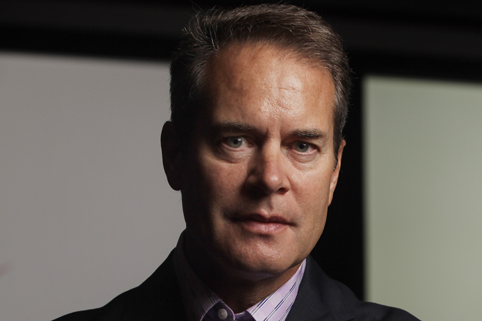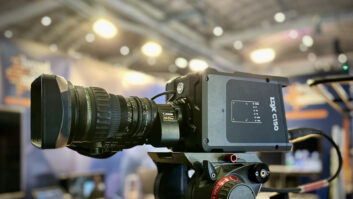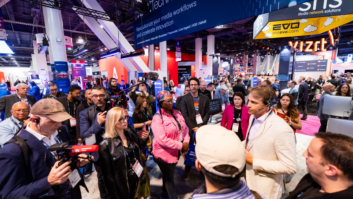
What does progress look like for the broadcast and video technology industry in 2016, and what will be the major talking points at NAB this year that will best inform us about the evolution of our marketplace? Charlie Vogt, CEO, Imagine Communications, continues the discussion.
It’s taken a couple of years, but predictions made at past NABs of the growing influence of IP-based technologies in the broadcast plant and the agility and versatility benefits of moving media operations to virtualized environments are becoming reality. Media companies around the world now understand the massive benefits of moving operations to agile and versatile software environments based on standard, commercial off-the-shelf (COTS) computing and networking platforms. At Imagine Communications, we’re currently involved in more than 110 next-generation engagements and anticipate no slowdown in 2016.
Crucial to the success of this transition is the development – and most importantly, the wide-spread adoption – of open standards for transporting video and audio over IP infrastructures. Without assurances of plug-and-play interoperability, media companies are likely to slow the conversion of their operations out of fear of getting locked into a single-vendor solution and other compatibility concerns. To further the advancement of open industry standards, Imagine Communications in December 2015 cofounded the Alliance for IP Media Solutions (AIMS), a trade association created to support and promote the adoption of vendor-neutral, open standards. This multivendor alignment is receiving industry-wide support, and we expect continued membership growth in 2016.
Equally important to the future fortunes of media companies is the steady shift of operations away from purpose-built hardware and toward standard COTS platforms. To make the shift efficiently and transparently, media companies will need to adapt their operations to the same generic computing and networking resources found in today’s datacentres. The good news is that market leaders in the IT industry are working in lockstep with media companies to transition media operations to generic resources without sacrificing the quality, synchronization or precision that broadcast-quality video demands.
In January, Imagine Communications expanded its strategic relationship with Hewlett Packard Enterprise (HPE). The collaboration integrates Imagine Communications’ market-leading video portfolio with HPE’s market-leading storage, computing and networking technology, and leverages HPE’s world-class datacentre systems integration capabilities. A separate alliance with Microsoft is designed to provide media companies with new workflow options, including those delivered via the Microsoft Azure cloud services platform.
Media companies are also looking to incorporate next-generation technologies like Ultra HD (UHD) into their workflows in a cost-effective and non-disruptive manner. The bandwidth required for UHD, including 4K resolution and high dynamic range video, is prompting some media professionals to consider synchronizing this upgrade with the transition to IP. Recently conducted research by Imagine Communications has found that more than half of the 700 media professionals surveyed believe that upgrading to UHD is a catalyst for transitioning to IP.
All in all, 2016 – and NAB Show 2016 in particular – is shaping up to be a pivotal time for our industry.







